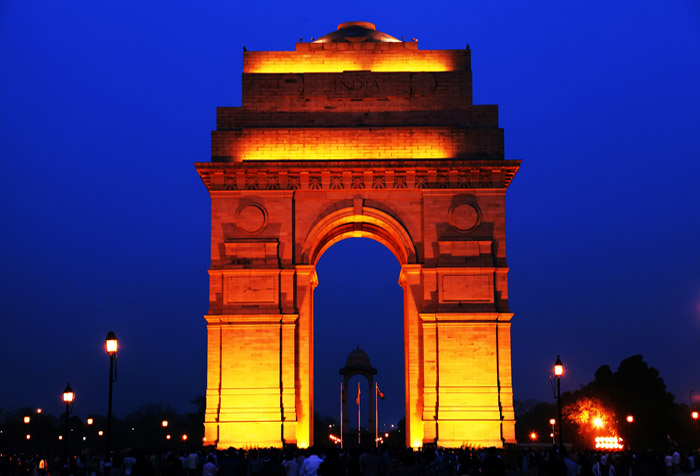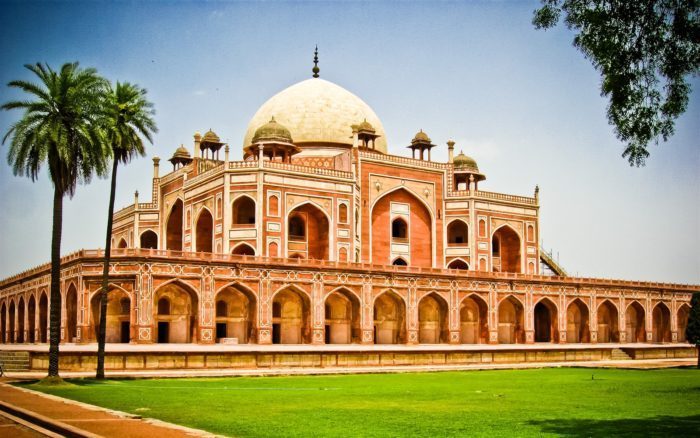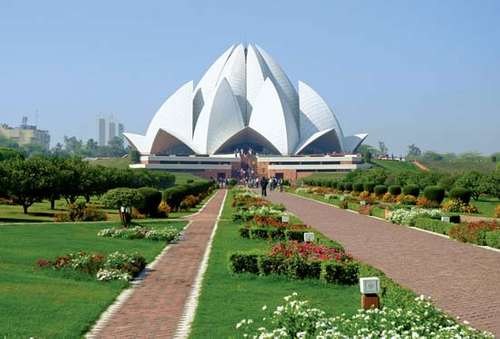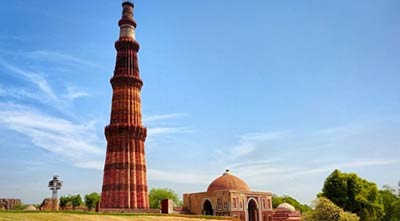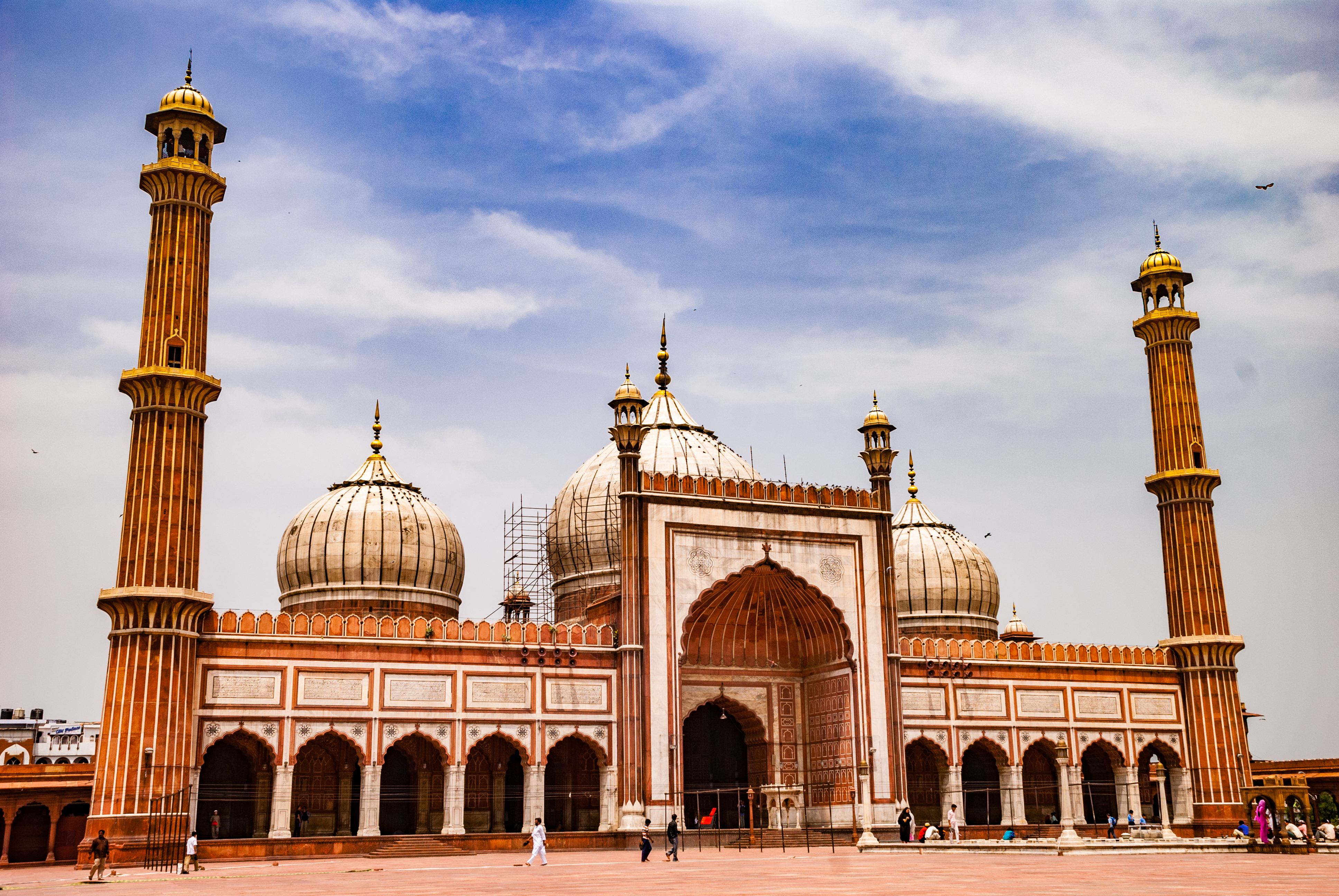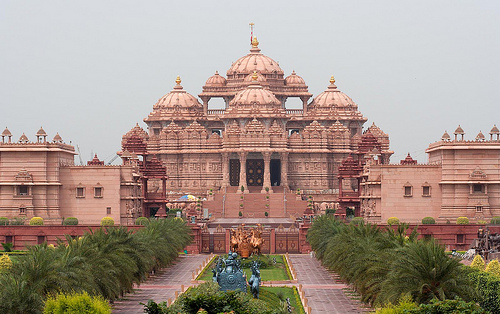
15th Annual Conference of RSSDI Delhi Chapter 2019
Diabetes Complications & Comorbidities: Conquering and Winning !
15th December 2019 | Hotel The LaLit, New Delhi
| +91 9810002115 | |
| rssdidc@gmail.com | |
| CONFERENCE GALLERY | |

| +91 9810002115 | |
| rssdidc@gmail.com | |
| CONFERENCE GALLERY | |
MESSAGE FROM ORGANISING CHAIRMAN AND ORGANISING SECRETARY
Dear Friends,
On behalf of the organizing committee of the RSSDI Delhi chapter, it is indeed a great pleasure to invite you all to the 15th Annual Conference of RSSDI Delhi chapter. The conference has been scheduled for Sunday, December 15th, 2019 and will be held at Hotel The Lalit, New Delhi.
As always, this annual conference will also attempt to provide an academic feast of latest developments in the field of diabetes. In addition to providing clinical updates relevant to diabetes practice, the conference will provide a platform to our members and fellow physicians to interact and exchange views, and help improving the understanding of Diabetes. At the same time these meetings also create opportunities for connecting with leaders in the field of diabetes from across the city and the country.
As we all know, the knowledge and understanding of diabetes is changing at a tremendous pace. From basics of pathophysiology to development of newer interventions, the last decade has seen a phenomenal change in the way we look at the subject of diabetes.
As always, RSSDI Delhi Chapter's focus on research and academics will be visible in the form of free papers session. We request you all to submit you work and actively participate in the free poster's session.
The venue Hotel The Lalit, New Delhi has also been carefully chosen to provide easy accessibility, great conferencing infrastructure, and grand ambience and sufficient space to accommodate the gathering. Hope you all will be there in large number and make the conference a great success.
With best wishes
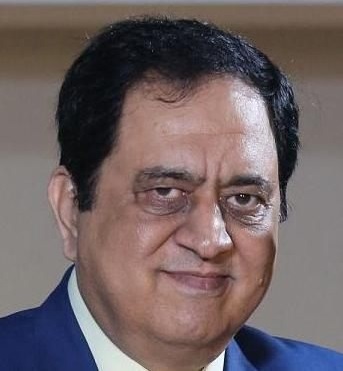
Dr. RK Lalwani
Org. Chairman
Dr. JK Sharma
Org. Secretary
At the centre of New Delhi stands the 42 m high India Gate, an "Arc-de-Triomphe" like archway in the middle of a crossroad. Almost similar to its French counterpart, it commemorates the 70,000 Indian soldiers who lost their lives fighting for the British Army during the World War I. The memorial bears the names of more than 13,516 British and Indian soldiers killed in the Northwestern Frontier in the Afghan war of 1919.
Location - Near Rajpath
Metro Station - Pragati Maidan
It was built in 1565 A.D. nine years after the death of Humayun, by his senior widow Bega Begam. Inside the walled enclosure the most notable features are the garden squares (chaharbagh) with pathways water channels, centrally located well proportional mausoleum topped by double dome.
There are several graves of Mughal rulers located inside the walled enclosure and from here in 1857 A.D; Lieutenant Hudson had captured the last Mughal emperor Bahadur Shah II.
Location - Opp. Dargah Nizamuddin, Mathura Road
Metro Station - JLN Stadium
East of Nehru place, this temple is built in the shape of a lotus flower and is the last of seven Major Bahai's temples built around the world. Completed in1986 it is set among the lush green landscaped gardens.
The structure is made up of pure white marble The architect Furiburz Sabha chose the lotus as the symbol common to Hinduism, Buddhism, Bhai TempleJainism and Islam. Adherents of any faith are free to visit the temple and pray or meditate.
Location - Near Kalkaji Temple, East of Nehru Place
Metro Station - Kalkaji Mandir
Qutab Minar is a soaring, 73 m-high tower of victory, built in 1193 by Qutab-ud-din Aibak immediately after the defeat of Delhi's last Hindu kingdom. The tower has five distinct storeys, each marked by a projecting balcony and tapers from a 15 m diameter at the base to just 2.5 m at the top.
The first three storeys are made of red sandstone, the fourth and fifth storeys are of marble and sandstone. At the foot of the tower is the Quwwat-ul-Islam Mosque, the first mosque to be built in India.
Location - Mehrauli
Nearest Metro Station - Qutab Minar
This great mosque of Old Delhi is the largest in India, with a courtyard capable of holding 25,000 devotees. It was begun in 1644 and ended up being the final architectural extravagance of Shah Jahan, the Mughal emperor who built the Taj Mahal and the Red Fort.
Location - Off Netaji Subhash Marg, west of Red Fort
Metro Station - Chawri Bazaar
The Red sandstone walls of the massive Red Fort (Lal Qila) rise 33-m above the clamour of Old Delhi as a reminder of the magnificent power and pomp of the Mughal emperors. The walls, built in 1638, were designed to keep out invaders, now they mainly keep out the noise and confusion of the city.
Location - Netaji Subhash Marg
Metro Station - Red Fort
Akshardham or Swaminarayan Akshardham complex is a Hindu temple, and a spiritual-cultural campus in Delhi, India. Also referred to as Akshardham Temple or Swaminarayan Akshardham, the complex displays millennia of traditional Hindu and Indian culture, spirituality, and architecture
Location - Noida Mor, New Delhi
Metro Station - Akshardham
